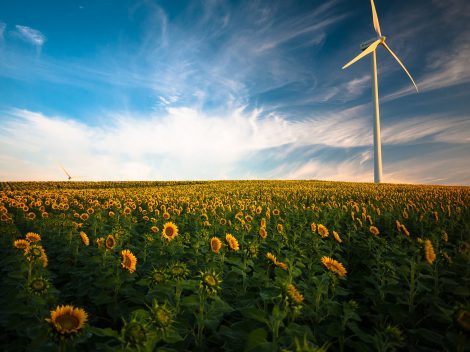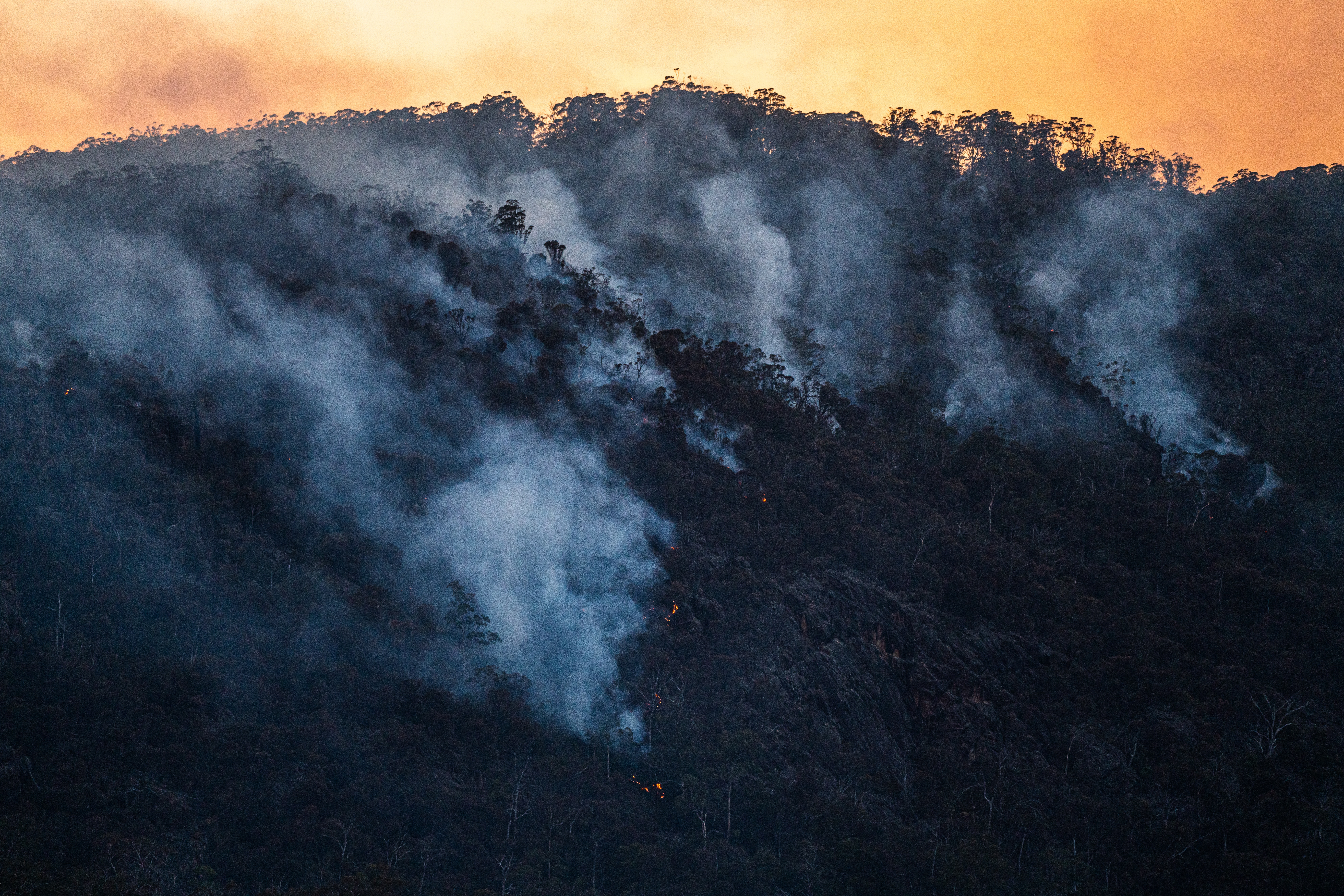
Environment & Climate Change, Featured, News
Five years on from the Paris Agreement: Will Australia ratchet up its climate ambitions?
Kylie Porter | December 11, 2020
Australia records its hottest November with scorching temperatures reported across the country. The recent bushfires in K’gari-Fraser Island have caused catastrophic damage and are a devastating reminder of the Black Summer that Australia experienced just months ago – destroying 24 million hectares of land, 3000 homes and killing or displacing three billion animals. The State of the Climate 2020 report draws on the latest climate research and notably confirms that Australia’s climate has warmed on average by 1.44°C and the recent UN Emissions Gap Report 2020 reveals we are steadily moving towards catastrophic warming of 3.2°C by the end of the century. These are just a few of the ominous reminders that whilst COVID-19 saw much of the world press pause as we all retreated into lockdown, atmospheric concentrations of greenhouse gas emissions continued to rise, and the warming of the planet charged ahead.
This December, we mark five years since 196 nations came together to negotiate the landmark Paris Agreement. So, where do we stand today?
Despite recent ambitious commitments made by numerous governments, such as Japan, South Korea, and China to reduce their greenhouse gas emissions and be net zero by 2050/2060, we are simply not on track. Yet, the Emissions Gap Report reveals that a green pandemic recovery coupled with swift moves to include net zero commitments from all countries – as they update their Nationally Determined Contributions (NDCs) under the Paris Agreement – could bring 2030 emissions closer to the levels required to reach our 1.5°C goal.
Meanwhile back home in Australia, our continent continues to warm as we experience longer bushfire seasons, more intense heatwaves, severe storms and flooding. It is easy to become overwhelmed by the news headlines and underwhelmed by the lack of ambition that seems to stymie a coordinated and national approach to address climate change and its impacts.
The good news however is that it is not too late for Australia to meet its commitments under the Paris Agreement and emerge as a leader as we all transition to a net zero emissions world.
In October 2020, South Australia became the first major jurisdiction in the world to be powered entirely by solar energy. The following month, NSW announced its new $32 billion Electricity Infrastructure Roadmap for cheap, clean and reliable electricity.
In the private sector, 2020 saw businesses such as Australia Post, Brambles, Telstra, Transurban and Woolworths (to name a few) set or commit to set science-based targets in line with the Paris Agreement through the Science Based Targets initiative (SBTi).
Australia’s largest financial institutions including ANZ, the Commonwealth Bank of Australia, NAB, Westpac, IAG, QBE Insurance and Suncorp, have all announced exit dates from financing and insuring thermal coal. And with all ageing coal-fired power stations scheduled to close before 2050 and significantly reduced finance for thermal coal, the question is no longer ‘if’, but rather ‘when’ and ‘how’ Australia transitions to net zero.
For the 45,000 workers in thermal coal mining and coal-fired electricity generation, as well as the communities in coal-intensive regions such as Latrobe Valley, Hunter Valley and Gladstone, the answer to this question is critically important. A community-centric approach that emphasises multi-stakeholder collaboration and coordination, planning and public-private investments is required if Australia wants to see a fair and equitable transition to net zero, that does not leave communities and (local) businesses stranded.
And whilst governments and business discuss targets for the decades to come, necessary planning and aggressive action across this decade are critical as we race towards net zero. A recent report from the Global Compact Network Australia, NAB and the Institute for Sustainable Futures provides a detailed overview of the current state of the Australian clean energy transition. It highlights the key next steps for corporate and financial institutions to take to maximise the enormous opportunities this transition represents, while appropriately managing risks.
If the private sector is supported by stable climate policy and a Federal net zero target (such as that promised in the Climate Change Bill), clear market indicators will emerge, enabling businesses to confidently contribute to a net zero future that effectively balances the needs of the people, the economy and the planet.
We have an opportunity, as we press the reboot button on our economy, to make profound transformations across all sectors and economies to recover in a way that makes us far more resilient and sustainable and provides us with a chance of avoiding the worst of the climate change impacts.
The question remains however – do we have the drive, ambition and necessary imagination to ensure that the promise of this future becomes a reality for our workers, communities, businesses and economies? And five years on, the Paris Agreement still remains one of the best channels through which Australia can demonstrate its leadership and ratchet up its ambitions, and not resist the tides that are swinging globally towards net zero.




